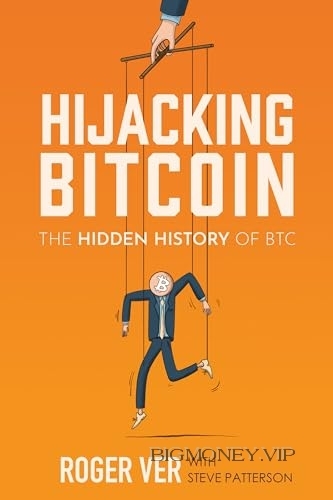
Part I:
An Ingenious Design
1
Altered Vision
The cryptocurrency revolution began when Bitcoin was released to the
world in 2009. Over the past decade, Bitcoin has gone from being
completely obscure to being an international sensation that spawned a new
industry. Entrepreneurs are trying to use the technology to solve a wide
range of problems, from simply improving online payments to rebuilding
the global financial system. Between all the news coverage, Wall Street
speculation, and online enthusiasm, cryptocurrencies are probably the most
hyped technology of the twenty-first century. Yet, despite the hype and
astronomical price increases, their real-world impact has been minor. In the
future, they might serve as the foundation of a new financial system or
become an alternative to government-issued money, but to date, the primary
use of cryptocurrency has been financial speculation.
The situation reminds me of when I was living in Silicon Valley during the
internet boom of the 1990s. Internet technology was predicted to
revolutionize commerce around the world, which meant that any “internet
company” with no infrastructure or plausible business plan could raise
millions just by owning a premium domain name. The speculation was
mind-boggling. Many of the biggest startups went bankrupt only a few
years after going public. Yet, despite the infamous burst of the dotcom
bubble, the world has indeed been revolutionized by the internet. The
technology has become essential infrastructure for the global economy and
an indispensable part of modern life, though its maturation process took
longer than people had hoped. Cryptocurrencies are following a similar
path. Despite the wild speculation and relative lack of usage, they look like
an inevitable part of our future.
Any story of modern cryptocurrency must begin with Bitcoin, the
grandfather of them all. My own life has been wrapped up with Bitcoin
since discovering it in 2010. My first coins were purchased in early 2011
for less than $1 each. A few months later, the price spiked to $30, only to
crash back to $2 by November that same year—the first of many extreme
price fluctuations that have since become common for the industry. Rapid




